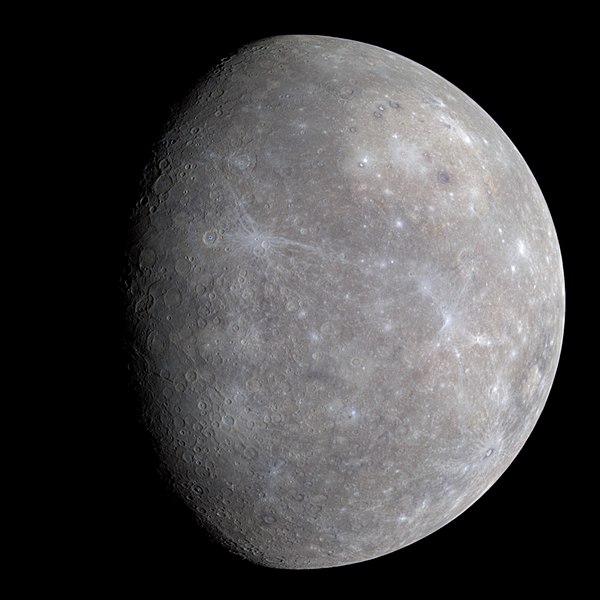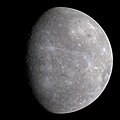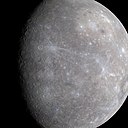Ofbeeldienge:Mercury in color - Prockter07-edit1.jpg

Grootte van deze voorvertoning: 600 × 600 pixels. Andere resoluties: 240 × 240 pixels | 480 × 480 pixels | 768 × 768 pixels | 1.024 × 1.024 pixels | 1.950 × 1.950 pixels.
Ofbeeldienge in een ôgere resolutie (1.950 × 1.950 pixels, bestandsgrootte: 734 kB, MIME-type: image/jpeg)
Bestandsgeschiedenisse
Klik op een datum/tijd om het bestand te zien zoals het destijds was.
| Datum/tijd | Miniatuur | Afmetingen | Gebruiker | Opmerking | |
|---|---|---|---|---|---|
| huidige versie | 3 jun 2008 15:12 |  | 1.950 × 1.950 (734 kB) | Jjron | {{Information |Description={{Information |Description=Full color image of from first MESSENGER flyby |Source=NASA/JPL [http://messenger.jhuapl.edu/gallery/sciencePhotos/image.php?page=1&gallery_id=2&image_id=143] |Date=2008-01-30 |Author=NASA/[ |
Bloadn met dizze ofbeeldienge
Der is/zyn verwyzieng(e)n noar dit bestand ip de volgende bloadn:
Globaal bestandsgebruik
De volgende andere wiki's gebruiken dit bestand:
- Gebruikt op ar.wikipedia.org
- المجموعة الشمسية
- عطارد
- كوكب
- بوابة:المجموعة الشمسية
- بوابة:المجموعة الشمسية/مقالة متميزة
- ويكيبيديا:صور مختارة/الفضاء والكون/نظرة إلى الأعلى
- بوابة:علم الفلك/صورة مختارة
- ويكيبيديا:ترشيحات الصور المختارة/عطارد بالألوان
- ويكيبيديا:صورة اليوم المختارة/يناير 2018
- قالب:صورة اليوم المختارة/2018-01-13
- بوابة:علم الفلك/صورة مختارة/52
- بوابة:المجموعة الشمسية/مقالة متميزة/3
- ويكيبيديا:صورة اليوم المختارة/أغسطس 2021
- بوابة:كواكب
- بوابة:كواكب/كوكب مختار
- قالب:صورة اليوم المختارة/2021-08-24
- بوابة:كواكب/كوكب مختار/2
- Gebruikt op ary.wikipedia.org
- Gebruikt op arz.wikipedia.org
- Gebruikt op ast.wikipedia.org
- Gebruikt op as.wikipedia.org
- Gebruikt op azb.wikipedia.org
- Gebruikt op az.wikipedia.org
- Merkuri (planet)
- Planet
- Vikipediya:Həftənin seçilmiş məqaləsi/oktyabr 2016
- Vikipediya:Həftənin seçilmiş məqaləsi/42. Həftə 2016
- Portal:Günəş sistemi/Seçilmiş məqalə
- Portal:Günəş sistemi
- Vikipediya:Həftənin seçilmiş məqaləsi/sentyabr 2017
- Vikipediya:Həftənin seçilmiş məqaləsi/36. Həftə 2017
- Vikipediya:Həftənin seçilmiş məqaləsi/yanvar 2018
- Vikipediya:Həftənin seçilmiş məqaləsi/5. Həftə 2018
- Gebruikt op ba.wikipedia.org
- Gebruikt op bcl.wikipedia.org
- Gebruikt op beta.wikiversity.org
- Gebruikt op be.wikipedia.org
- Gebruikt op bh.wikipedia.org
- Gebruikt op ca.wikipedia.org
- Gebruikt op ca.wikinews.org
- Gebruikt op ckb.wikipedia.org
- Gebruikt op cr.wikipedia.org
Globaal gebruik van dit bestand bekijken.




